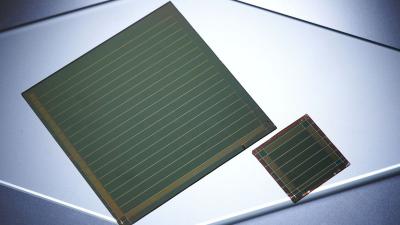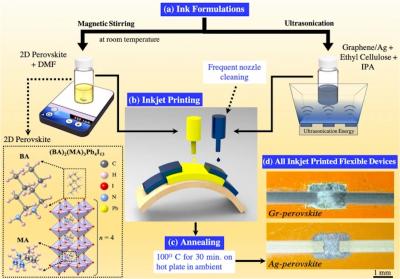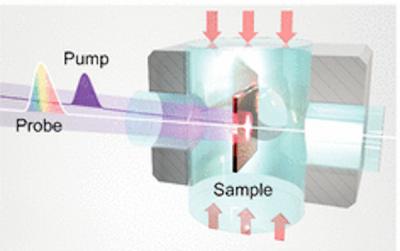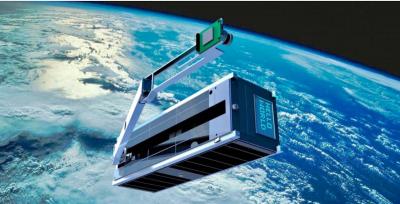Researchers pinpoint surprising cause of efficiency loss in solar cells based on hybrid perovskites
Researchers at UC Santa Barbara have discovered an important factor that limits the efficiency of perovskite solar cells.
Various possible defects in the lattice of hybrid perovskites had previously been considered as the potential cause of such limitations, but it was assumed that the organic molecules would remain intact. The team has now revealed that missing hydrogen atoms in these molecules can cause massive efficiency losses.



